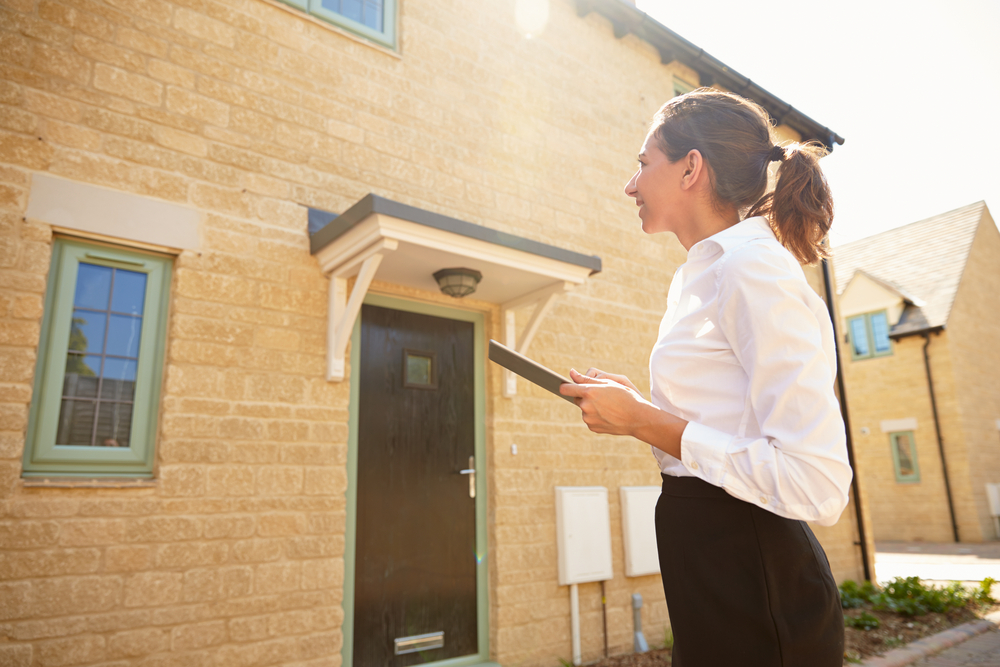Household Bills
Homeowners advised to check properties for RAAC

Homeowners have been encouraged to inspect their homes for the presence of reinforced autoclaved aerated concrete (RAAC).
Builder and tradespeople comparison site MyBuilder said fears were growing that residential homes could also be impacted by the material.
This week, the Government released a list of schools that were built using RAAC, which is a form of concrete which could erode over time. It was primarily used in the 1950s and due to its low cost, it is believed to have also been used in the construction of council homes.
MyBuilder noted that some of these council homes will now be under private ownership.
It suggested homeowners look at the age of their property and said homes that were built between the 1950s and 1980s could have RAAC present.
The firm advised people to carry out a visual inspection by appointing a surveyor to check the property.
Andy Simms, construction consultant at MyBuilder.com, said: “If your home was built between the 50s and 90s, and particularly if it has an area of flat roofing, it’s worth checking for RAAC. We hope that in the majority of cases, RAAC won’t be present, but it’s always better to err on the side of caution and get it looked at.”
He added: “It’s understandable that homeowners whose properties might be affected would be concerned.
“However, with the right expert advice, any issues caused by RAAC can be quickly and effectively remedied, and in most cases should be covered by your insurance. We’d advise anyone who is concerned to act quickly, as due to the sudden increased awareness of RAAC, surveyors and engineers are likely to be experiencing a high level of demand.”
No risks reported
YourMoney.com’s sister title Mortgage Solutions understands that there have not been any reported incidents of RAAC failures in residential buildings, but the Building Safety Regulator will monitor and investigate potential risks.
Building owners are expected to hold responsibility for making sure properties are safe to use and use government guidance to identify any risks and take remedial measures.
Housing associations, which provide social housing as well as shared ownership properties, are taking action to identify any potential issues.
David Lewis, executive group director at London housing association L&Q, said: “The safety of our residents is our top priority, so we are working to identify if any blocks may contain RAAC and to undertake appropriate analysis in line with government advice as quickly as possible.
“We want to assure residents that the risk is low. RAAC was primarily used in buildings that require a large, unsupported roof such as in schools or hospitals. We believe that its use in our buildings is likely to be very limited and as such we do not expect many homes to be impacted.
“The presence of RAAC does not automatically indicate a hazard. RAAC can be used safely, if installed correctly.
“Should we identify any buildings with RAAC of concern, we will inform residents immediately.”
A spokesperson for Clarion Housing Group added: “The safety of our residents is our first priority and over the last year we have invested £40m on building safety measures. This includes a rolling programme of structural surveys. We have conducted 63 specialist surveys, all carried out by chartered structural engineers. Reinforced autoclaved aerated concrete has not been found in any building owned by Clarion to date.
“Our programme of surveys will continue across the country, with a further 20 to complete by the end of December 2023. Priority will continue to be given to our highest risk buildings.”
Safety issues taken ‘very seriously’
A spokesperson from the National Housing Federation, said: “Housing associations take any safety issues very seriously and have detailed procedures in place to manage safety risks, including RAAC.
“The National Housing Federation is communicating with our members to make sure they have the most up-to-date advice and guidance on RAAC, and we stand ready to offer support to our members and government on this issue.”
Yesterday, the Regulator of Social Housing wrote to housing associations and said based on current understanding, RAAC was “not widespread in social housing” but noted it may be present in a small number of homes. The regulator said the safety of tenants and residents should be of the highest priority for landlords and added that landlords should understand the homes they own and “develop proportionate mitigation and remediation plans where required”.
The regulator also advised landlords to “communicate appropriately” with tenants where there is an issue.